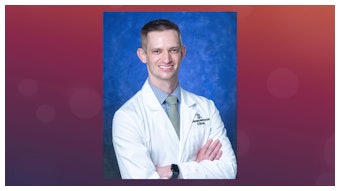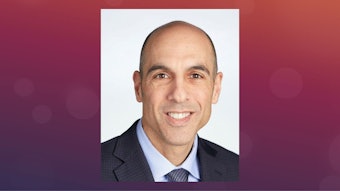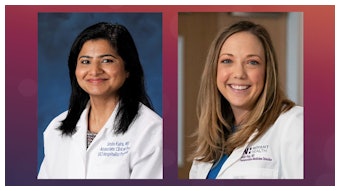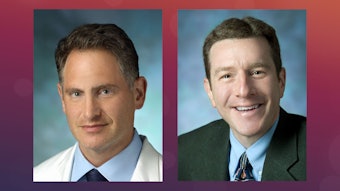The best research and innovations from 2022
A new workflow app, reducing readmission rates, and managing patient discharge top this year’s new ideas.
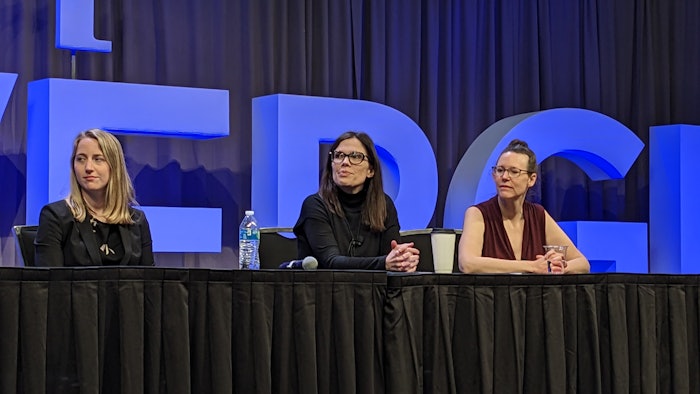
The traditional measures of hospital workload may be inefficient. That statement probably comes as no surprise to hospitalists, but it is the basis for a new app in development called GrittyWork.
GrittyWork is the brainchild of a research team led by Marisha Burden, MD, SFHM, division head of Hospital Medicine and professor of medicine at the University of Colorado School of Medicine, and Angela Keniston, MSPH, director of data and analytics at the University of Colorado School of Medicine.
It was one of three research ideas presented in Tuesday’s session, “The Best of Research and Innovations in 2022.”
Dr. Burden said the old way of thinking about workflow models is outdated and needs to change.
“We can no longer build models that are only based on productivity and financials,” she said. “We have to think about the complete picture, which we believe will actually drive the financials and productivity.”
The goal of the GrittyWork app is to define and measure inpatient clinician workload paired to key outcomes and use that to develop an easy-to-use tool to track total work in the hospital system. Although the app is currently still in testing phase at the University of Colorado, Dr. Keniston said they have learned so much from it already.
“We really learned that traditional measures of workload, like productivity, are truly insufficient,” Dr. Keniston said. “We also learned that measuring work is going to be more than just measuring workload itself but thinking about those outcomes. How are we affecting patients? How are we affecting our workers? And how are we affecting our institutions?”
Dr. Burden said she hopes GrittyWork will be a preventative tool that hospitals can use to manage safety and workflow as well as improve outcomes.
“Our big dream is to have a safety management platform that I will then take to my partners and say, ‘this is what our work models are driving.’ Maybe it’s harm, maybe it’s amazing outcomes. But to try to detect that before the bad stuff starts happening.”
Readmissions
Does the expansion of Medicaid correlate to the rate of 30-day readmissions? That was the question addressed in a research project presented by Chloe Carr, MS4, a medical student at Eastern Virginia Medical School in Norfolk, Virginia.
Carr was part of a research team that looked at two groups of states — those that expanded Medcaid following the passage of the Affordable Care Act in 2010, and those that didn’t do so until after 2020.
The study looked at 3,000 hospitals, with about half from states that expanded and half from states that didn’t. Specifically, it examined readmission rates for influenza, acute myocardial infarction, and heart failure.
“Importantly, the reduction in readmissions was greater in states that expanded Medicaid compared to those that didn’t expand,” Carr said. “This difference may be due to increased access to health care that Medicaid recipients had, but this hypothesis needs to be validated in further studies.”
Carr did say there were some limitations to the study, particularly from a data perspective.
“This is hospital-level data, rather than patient-level data,” she said.
Discharge times
Is it better to discharge patients in the morning or in the evening? Or does it really matter at all? That was a question Drs. Burden and Keniston — along with their research team —tried to answer in their 2022 study “Discharge in the A.M. – A Randomized Controlled Trial of Physician Rounding Styles to Improve Hospital Throughput and Length of Stay.”
“Most discharges occur in the afternoon or evening hours,” Dr. Keniston said. “And this can truly disrupt patient flow, make throughput difficult, affect patient care, and result in higher costs.”
With this in mind, the study sought to test the idea of hospitalist physicians discharging patients first, rather than the usual rounding style. With a total of 59 participants at three hospitals, the study found that there was really no difference in patient outcomes no matter when they were discharged.
“In unadjusted and adjusted patient-level outcomes, we found no difference,” Dr. Burden said. “The kicker in all of this is that the length of stay didn’t actually change. We didn’t see earlier discharges or significantly reduced lengths of stay.”
Ultimately, Dr. Burden said the study found the decisions are best left up to the clinicians.
“We need to support our clinicians for the decisions they need to make to start their workday,” she said.
Visit SHM Meeting News Central for more coverage.





